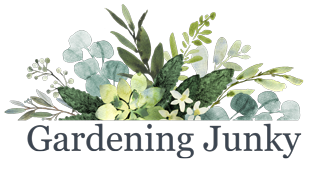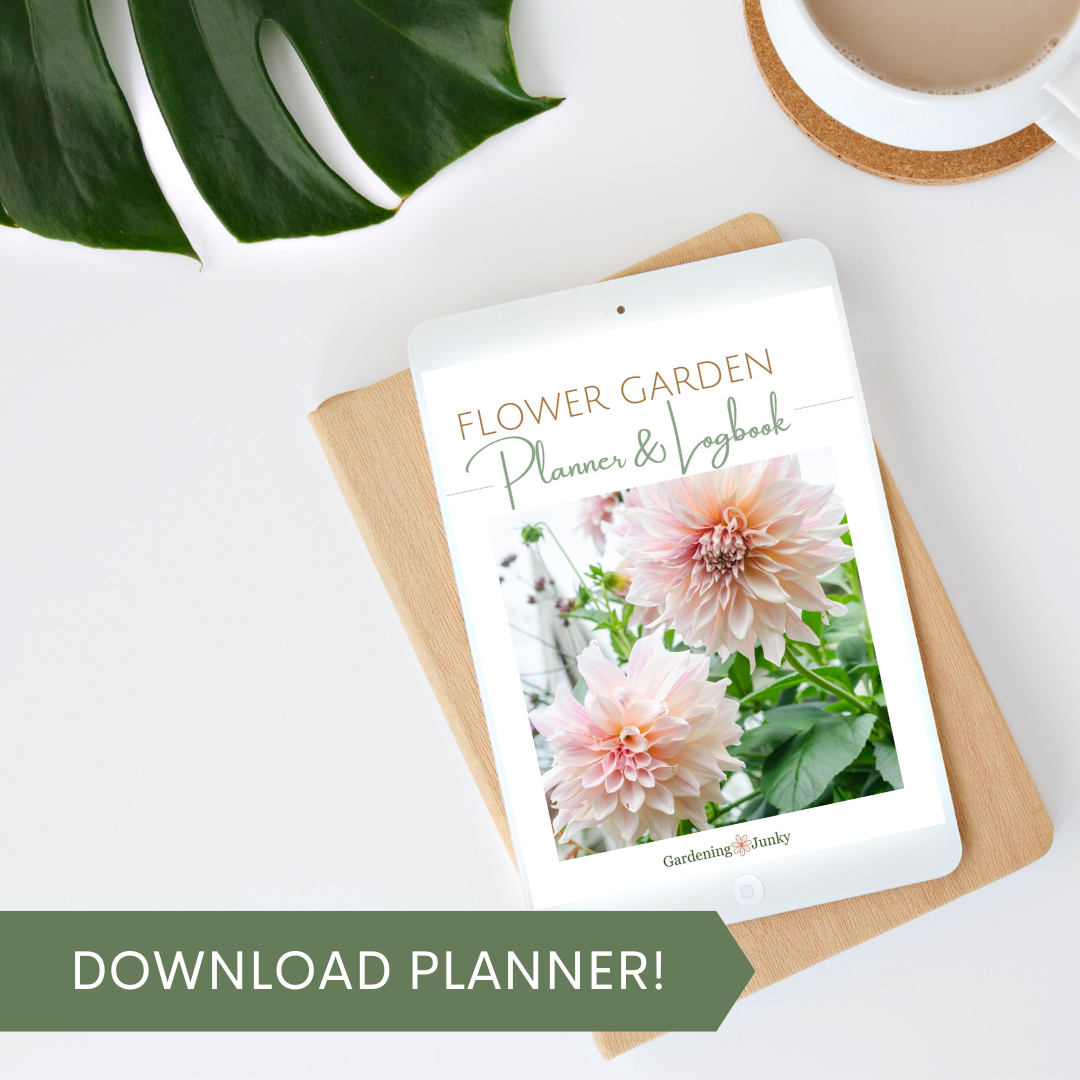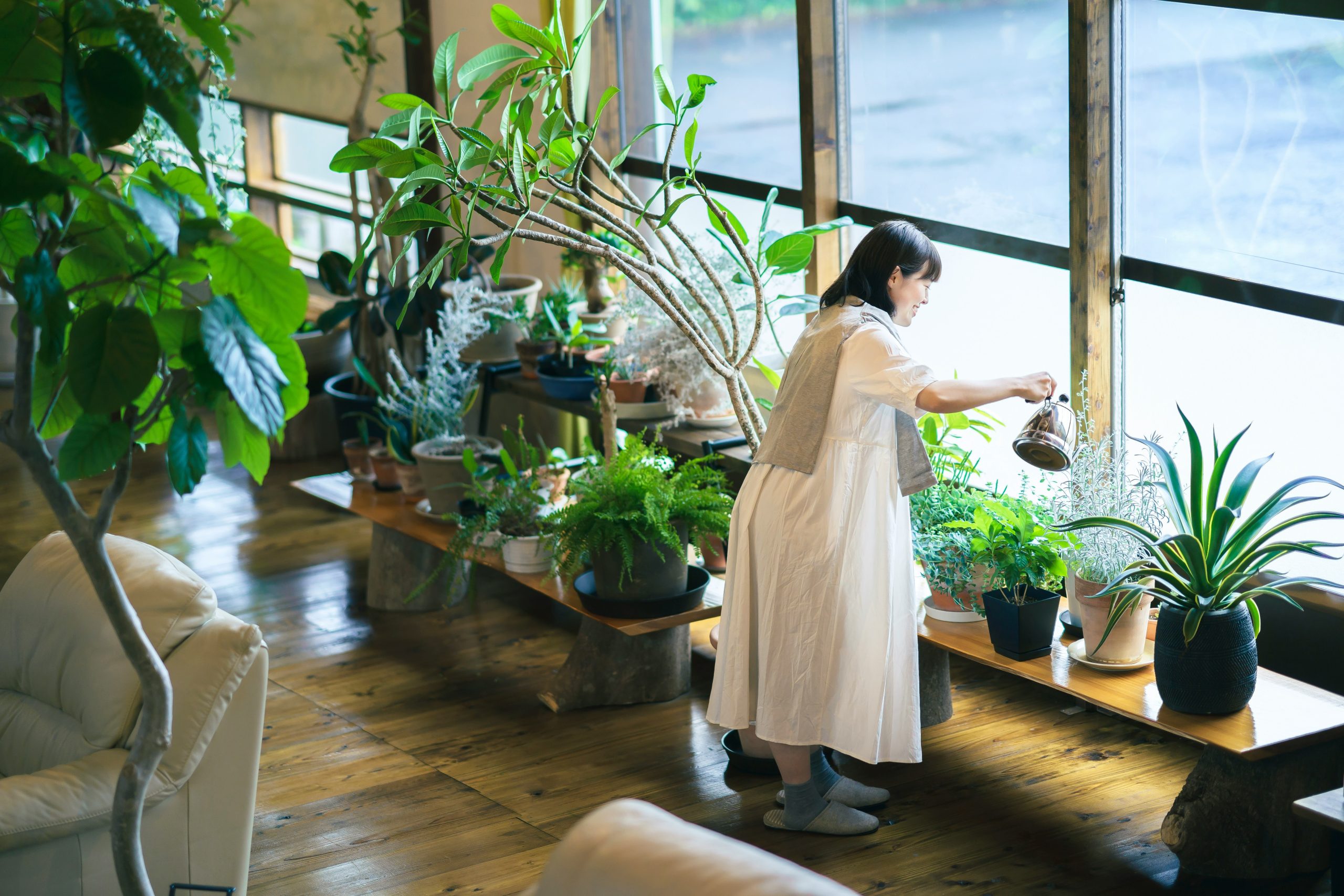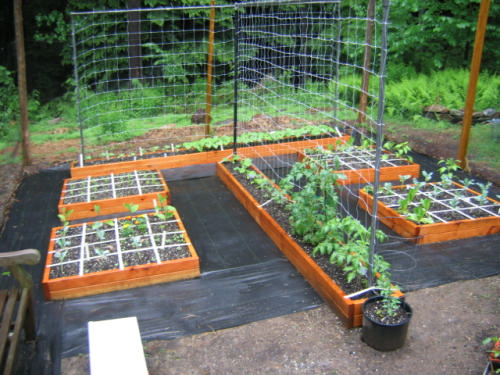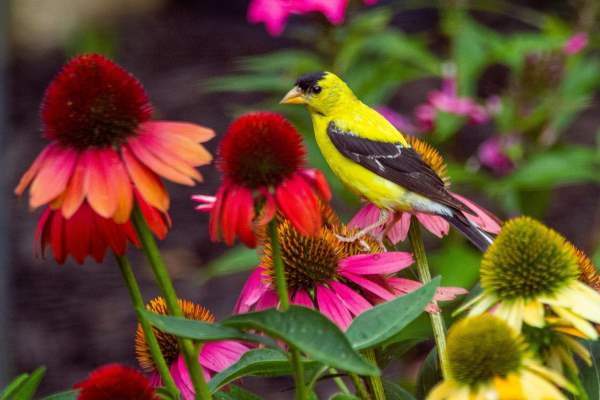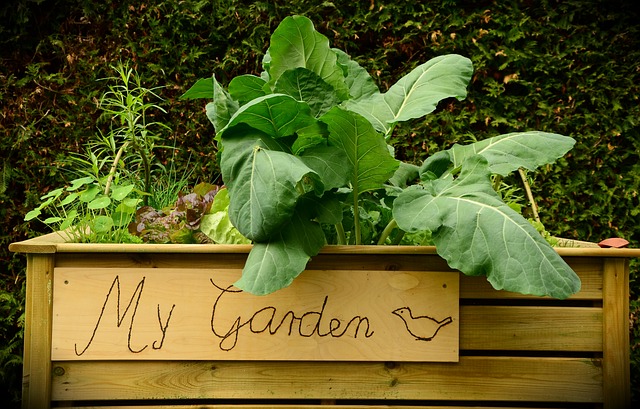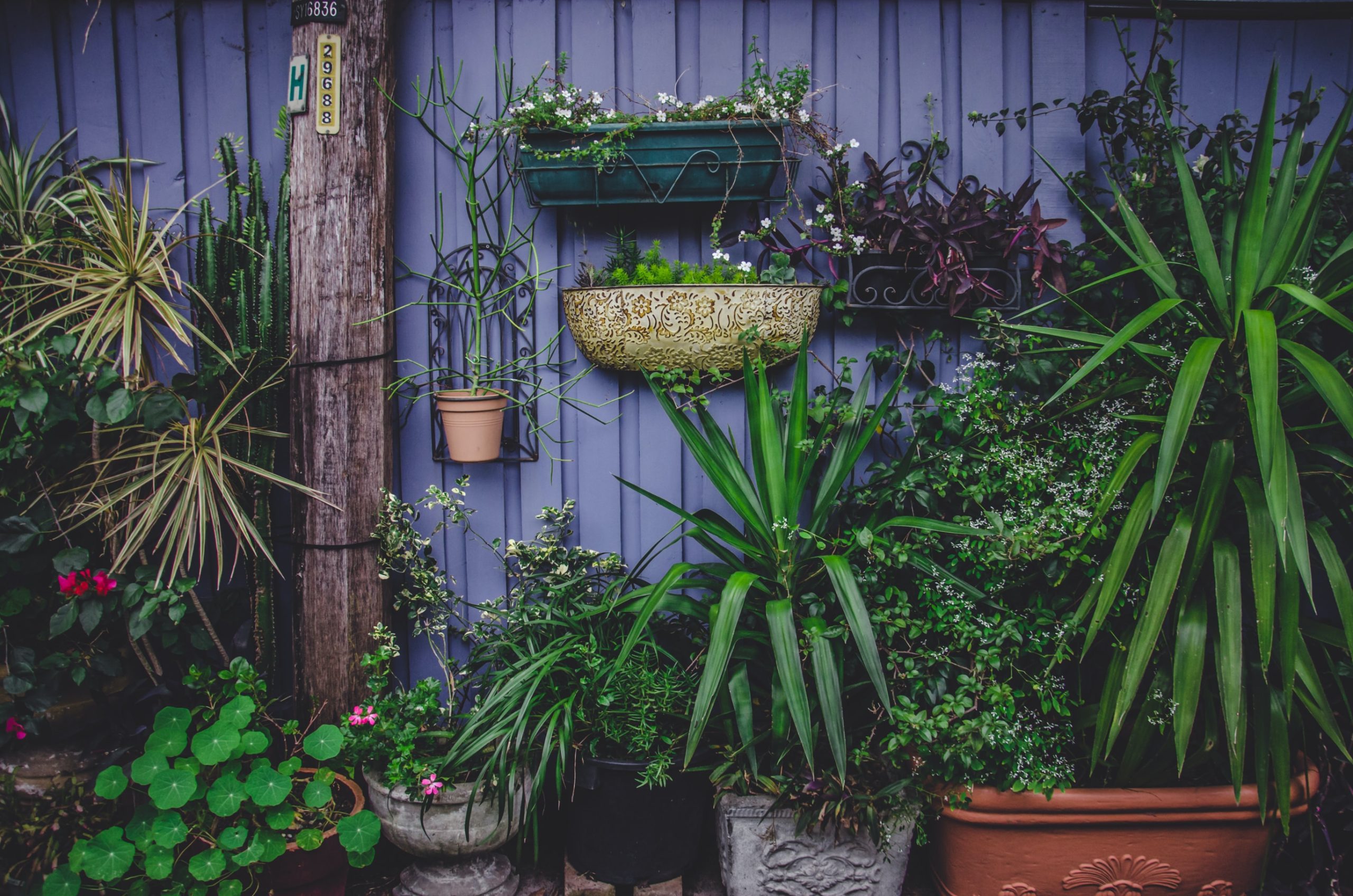Blooming Success: The Benefits of Using a Flower Garden Planner
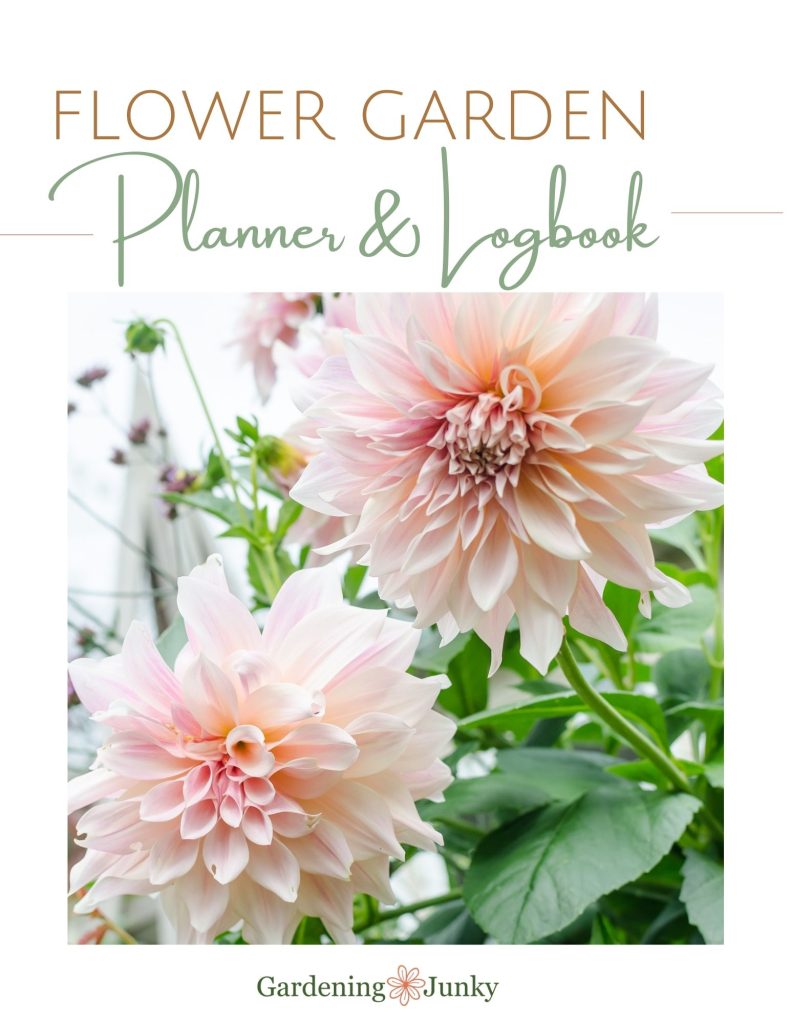
Designing the garden of your dreams takes time and effort. The concept might seem easy – planting and watering plants doesn’t look like a challenging job. However, it takes more than what meets the eye to create blooming garden.
The creation of a flower garden involves a lot of planning, timing, and tasks that are all related to one another. That being said, careful planning is a must, and the use of a flower garden planner will help you improve your outcomes year after year.
Below are some tips and things you need to consider when designing your flower garden. Hopefully, this information will give you the insight you need, and will get you started off on the right foot.
How Can a Garden Planner Help You Design an Amazing Outdoor Space?
A beautifully arranged yard filled with flowers needs some precise planning beforehand. Before you begin the seed starting and planting process, there are several things to consider. Decide on a color scheme, a good location for your garden, the quality of your soil, and how much time you have to devote to this endeavor.
Grab your garden planner and let’s get started. From finding good plant locations, to the best flowers for beginners, you will have everything in one place.
Good Locations for Your Flowers
Proper location is crucial for the success of your flowers. Not every type of flower will bloom in a certain spot in your garden. Before you decide what floral kinds you want to plant, you must map out your space. When doing so, you should consider several factors and write everything down in your flower garden planner.
- Lighting Conditions
Observe your yard and see which areas are most exposed to sunlight, along with the exact times of the day. Most flowers require 6 – 8 hours of direct sunlight a day to thrive. If your space has more shady areas, there are flower varieties that can tolerate more shade. Do some research and decide which plants will be best suited to your space. Once you get all the necessary data, you will be able to plan everything accordingly. Log this information in your garden planner. (You may think you will remember, but I guarantee that next spring you will be glad you made notes.)
- Quality of Soil
Soil is another important factor in growing flowers in the yard. The soil pH levels of your garden determine the nutrients your plants will receive. When you have this information, you will know exactly what kinds of flowers to consider. Moreover, you will figure out which spot in your garden will need to be amended. Check out your County Extension Service for more information and soil testing kits.
- Visual Aspect
It goes without saying that when you design a flower garden, you want it to be visually appealing. You can’t simply plant flowers at random spots in your yard and expect stunning results. Carefully designed gardens require a thoughtful selection of flowers to obtain your desired appeal. Use your flower garden planner to make sketches and get an idea of how your yard will look with the selected flowers and their colors.
Flowers Suitable for Beginners
If you are new to flower gardening, you will want to begin with some plants that are both easy to grow, and beautiful to look at. Consider whether you will want to mainly plant annuals, which have a life cycle of one season and bloom all season long, or perennials that come up every year, but have a limited bloom time.
If you are choosing annuals, your garden is sure to give you blooming results that inspire you to keep going forward with your flower gardening. Some easy-to-grow annual flowers for beginners are zinnias, dahlias, cosmos, sunflowers, marigolds – and for shady areas, impatiens.
A garden planner can help you keep track of flower height, watering needs, and how quickly they bloom.
Enhance Flower Care
Even if you opt for minimal-care flowers, you still need to look after them properly. Although flowering plants can be quite hardy, I’ve found that they all tend to love some human touch (and conversation). Making notes in your planner will help you establish and log all the needs of your floral beauties. This may include regular watering, weeding, harvesting, and similar care steps that different varieties require.
Logging plant progress is a convenient way for a beginner to learn their way around flowers, and obtain stunning results – even on the first try. Keeping a log of these details will ensure you never forget what your plants require every day.
Obtain Necessary Garden Tools
Once you decide to design a flower garden, you will need different kinds of garden tools. I have found that having the right tools makes all the difference! Your efforts in creating and maintaining a flower garden will be much easier if you choose the correct tools for the job.
Click here to shop my favorite garden tools.
Since you will need several different kinds of tools, it’s good to do your research and check your budget. List the ones you will need in your garden logbook, and remember to note how each of them is designed to be used. Then, head to your preferred garden center to get everything you need.
Conclusion
Keeping a flower garden planner and logbook is one of the most efficient ways to improve your skills and achieve the results you desire. Precise care of your plants will lead you to the colorful and vibrant garden you have always wanted for your home. So, get your pen to work, log your progress, and create the garden retreat of your dreams!
Ready to start your flower garden? Click here to visit my Gardening Junky Amazon Shop to see my favorite garden tools, supplies, and embellishments.
This page may contain affiliate links, which means that I may receive a commission if you make a purchase using these links. As an Amazon Associate I earn from qualifying purchases.
